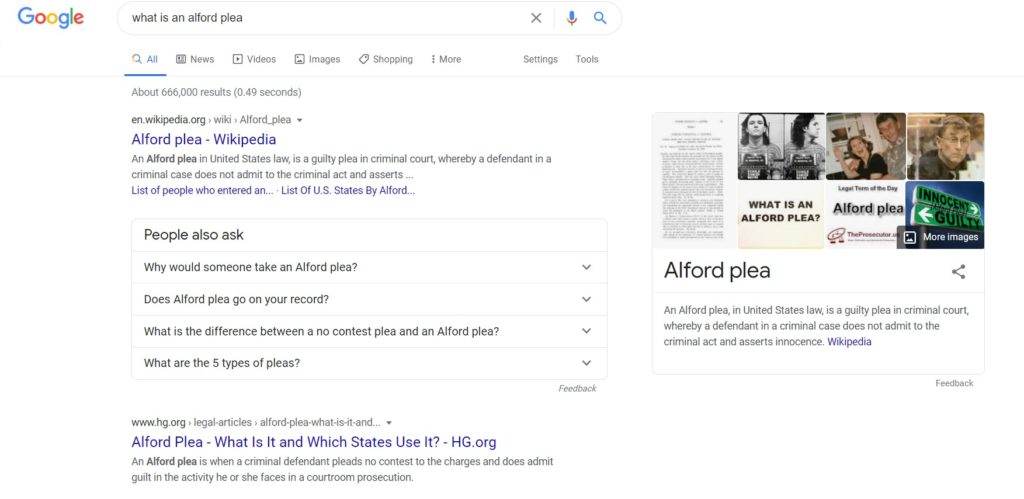There are a lot of ways you can approach a legal blog article. You could write about a recent court decision, or break down a recent event and explain its legal ramifications, or even delve into a particular issue in your practice area.
One style of legal blog that has grown more popular, though, has been the question and answer article. This blog format has some significant SEO benefits. However, there are still concerns about whether the evergreen content that it covers are better suited for standalone or targeted pages that do not have a dateline attached to them.

What is the Question and Answer Format for a Legal Blog?
The Q&A legal blog format is simple: The title of the piece asks a question. The article then answers that question.
Kind of like this section of the article you’re reading, or the next blog post that we wrote, on ingrained calls-to-action.
From the perspective of search engine optimization (SEO), there are certain best practices that can be checked off very easily and organically with this format.
The Title Can Target Particular Search Queries
The title is phrased in the form of a question in Q&A-styled blog posts – just like lots of popular legal search queries. Internet users tend to get on Google and type in questions (even if they don’t add the question mark at the end). Those queries can look like:
- What is joint and several liability?
- What is an Alford plea?
- Are DUI checkpoints constitutional?
Writing in the Q&A format lets you craft a legal blog with a title that might be an exact match for these queries, significantly boosting the perceived relevance and importance of your article.
The Lede Can Answer the Question and Target a Featured Snippet
The first paragraph of a Q&A blog post can naturally and succinctly answer the question posed by the title. If you can manage to do this in around 45 words, that answer – and its location right beneath the question in the title – should be a strong contender for a featured snippet. This is especially important, and powerful, because SERPs for search queries that are in the form of a question are more likely to have a featured snippet than those that are not, giving you an opportunity to leapfrog your competition to the top of the results page.
Subsequent Headers Can Target “People Also Ask” Features and More Snippets
Many of the results pages on Google have boxes for questions that “people also ask”:

These related questions have click-down menus that, themselves, contain a featured snippet for that particular question.
By writing the headers and subheaders in a Q&A-styled legal blog in the form of questions, you can not only aim to secure the snippet in these “people also ask” boxes; you can also target the featured snippets at the top of the SERP for those queries, as well.
Are There Any Drawbacks to the Q&A Format?
There is, however, an Achilles’ heel to the Q&A format for legal blogging: The style is best for evergreen posts, not topical content.
As we’ve discussed before, thanks to Google’s Freshness Update – which also applies to featured snippets – legal blog posts that have a publication date on them are now best suited for topical issues which will grow stale over time. This has pushed evergreen content out of legal blogs and into targeted pages, which do not have a dateline on them and so will not suffer in the long-term.
However, there are now indications that Google has been walking its Freshness Update back. Old blog posts continue to perform well in ways that the Freshness Update should probably have prevented, were it as strong as Google let it on to be. If the Freshness facet of Google’s algorithm has become weak enough to make it worthwhile to go back to putting evergreen content in a blog format, the Q&A system starts looking even better.
Whether that is the case, though, is something we’re monitoring closely.